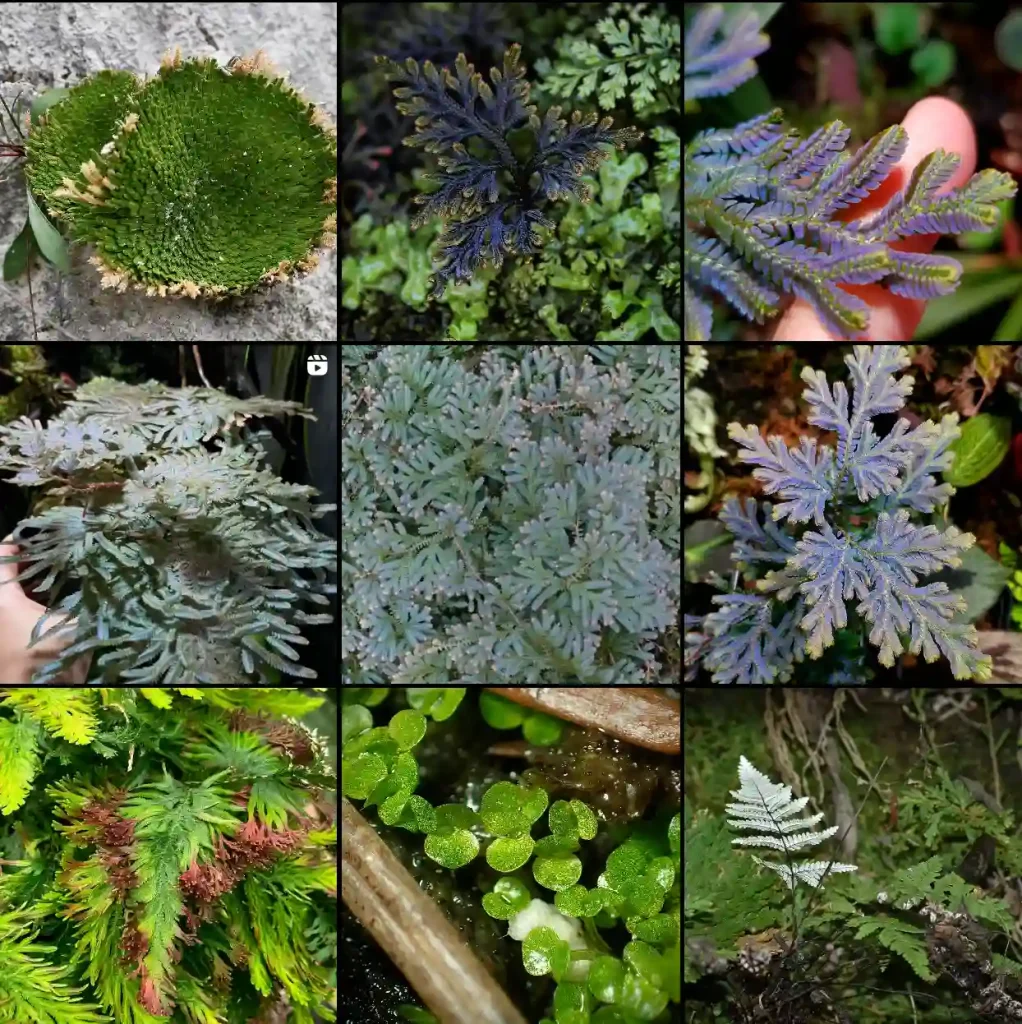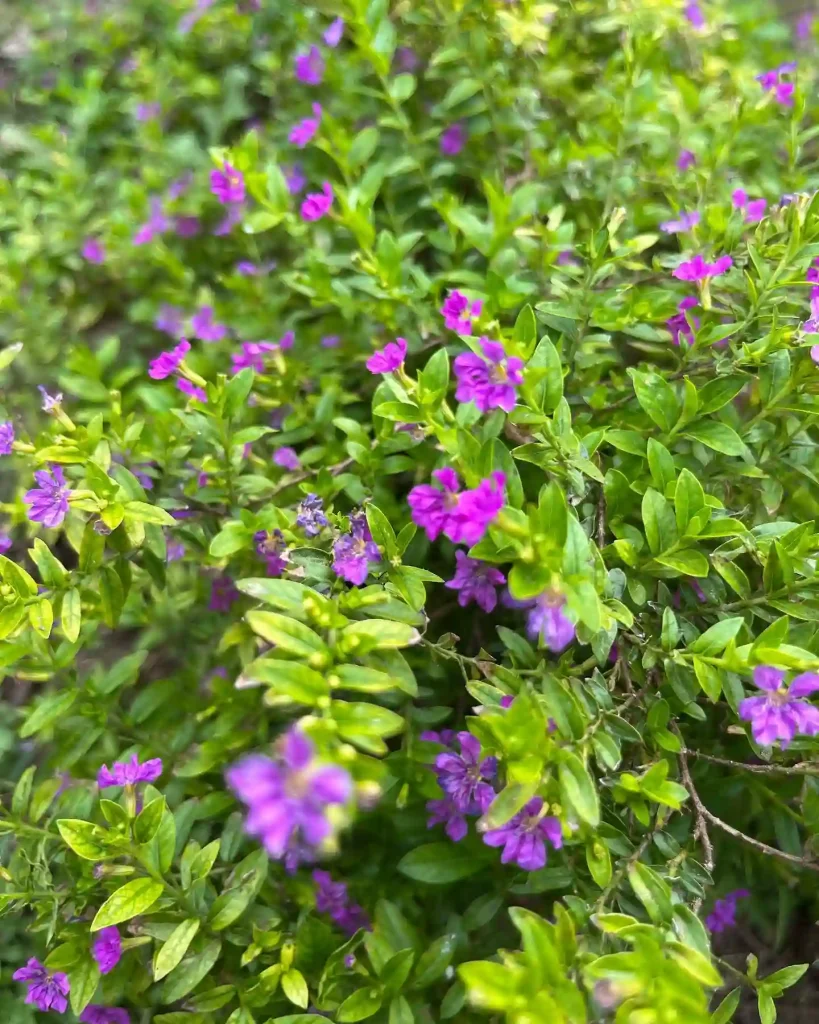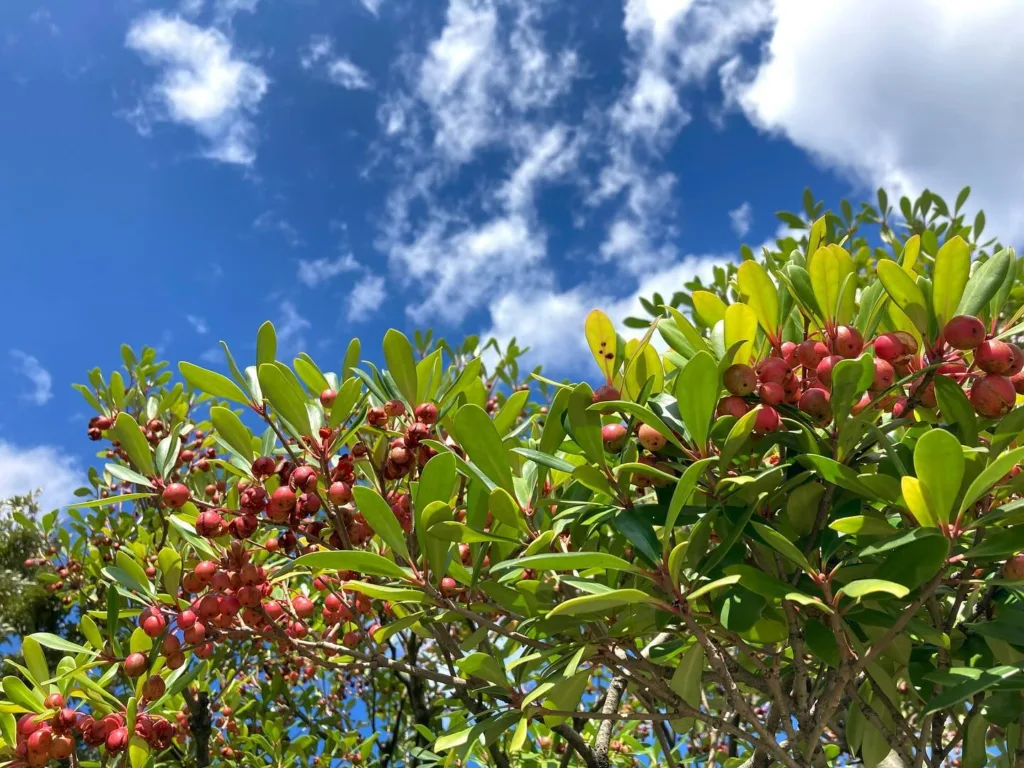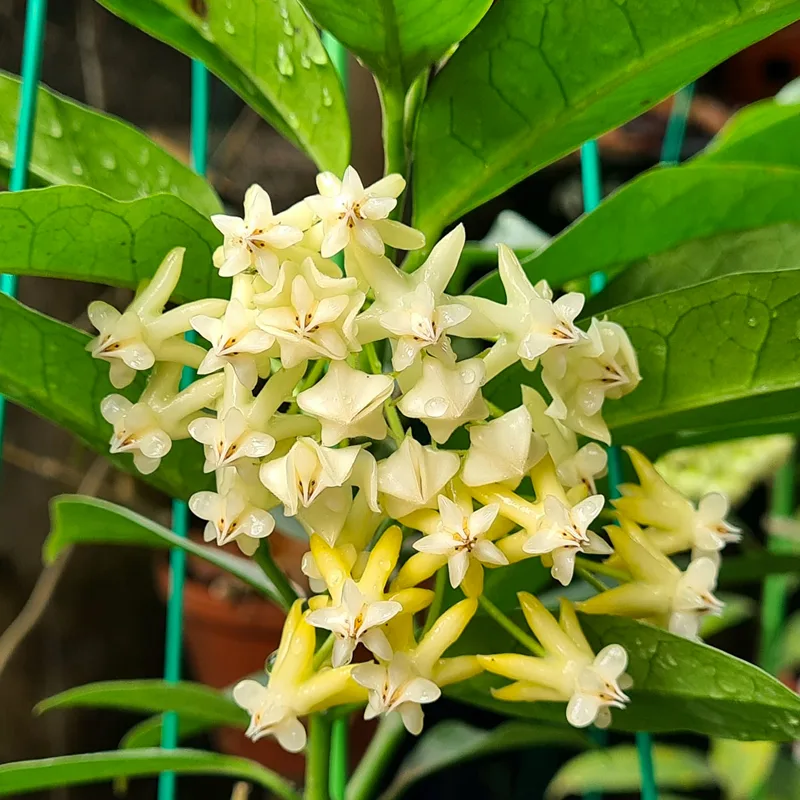The Allure of the Plerandra Elegantissima: A Houseplant with Dramatic Flair
There’s a certain mystique to the Plerandra elegantissima, a houseplant that seems to defy categorization. Its dramatic, finger-like leaves unfurl in a mesmerizing dance, creating a silhouette unlike any other greenery in my collection. But beyond its undeniable visual appeal, this plant, also known as the False Aralia, has captured my attention with its surprising resilience and unique origin story.
Having spent years cultivating a thriving indoor jungle, I’m always on the lookout for new additions that spark conversation. The Plerandra elegantissima certainly fits the bill. Guests are invariably drawn to its striking appearance, their curiosity piqued by its unusual foliage. Sharing the plant’s story – its journey from the rainforests of New Caledonia to my urban windowsill – adds another layer of intrigue.
But before I get swept away in the allure of this plant, there are practical considerations. Every new houseplant requires research to ensure it thrives under my care.
Is Plerandra Elegantissima Toxic to Cats?
This was a crucial question, as my two mischievous cats, Luna and Milo, have a penchant for exploring anything leafy. Thankfully, after digging through reliable sources, I discovered that the Plerandra elegantissima is not considered highly toxic to cats. While some sources mention mild stomach upset if ingested, it doesn’t pose the same level of danger as some other common houseplants. However, it’s always best to keep any houseplant out of reach of curious pets, just to be safe.
Unpacking the Plerandra Elegantissima’s Needs
With the cat question settled, I could delve deeper into the care requirements of this captivating plant. As with any new resident in my urban jungle, I wanted to ensure it would flourish.
One of the most appealing aspects of the Plerandra elegantissima is its adaptability. It thrives in bright, indirect sunlight, making it perfect for the slightly shaded corners of my apartment. While it appreciates consistent moisture, it doesn’t tolerate soggy soil. A well-draining potting mix and a watering routine that allows the top inch of soil to dry out between waterings seems to be the sweet spot.
Propagation Potential: Sharing the Plerandra Elegantissima’s Elegance
The Plerandra elegantissima readily rewards its caretaker with the opportunity to propagate new life. Stem cuttings, taken just below a node (the point where a leaf joins the stem), can be rooted in water or a well-draining potting mix. With a little patience and proper care, these cuttings will develop into new, independent plants, allowing me to share the Plerandra elegantissima’s elegance with friends and family.
Finding the Perfect Partners for the Plerandra Elegantissima
While the Plerandra elegantissima can hold its own as a statement piece, it also plays well with others. Pairing it with plants that share similar light and moisture requirements creates a harmonious and visually interesting indoor landscape. For instance, a lush Philodendron or a delicate Maidenhair Fern could complement the Plerandra elegantissima’s dramatic silhouette.
The Plerandra elegantissima has become a cherished member of my houseplant collection. Its unique beauty, surprising resilience, and ease of care make it a perfect choice for plant enthusiasts of all levels. So, if you’re looking to add a touch of drama and a conversation starter to your indoor oasis, the Plerandra elegantissima might just be the perfect fit.
If i die, water my plants!



